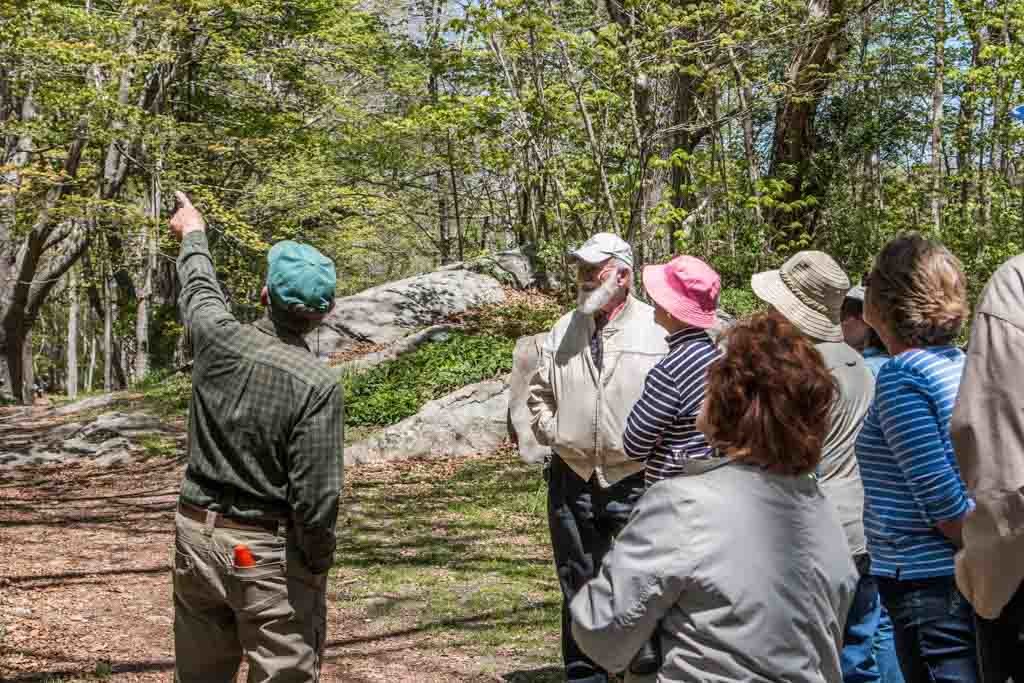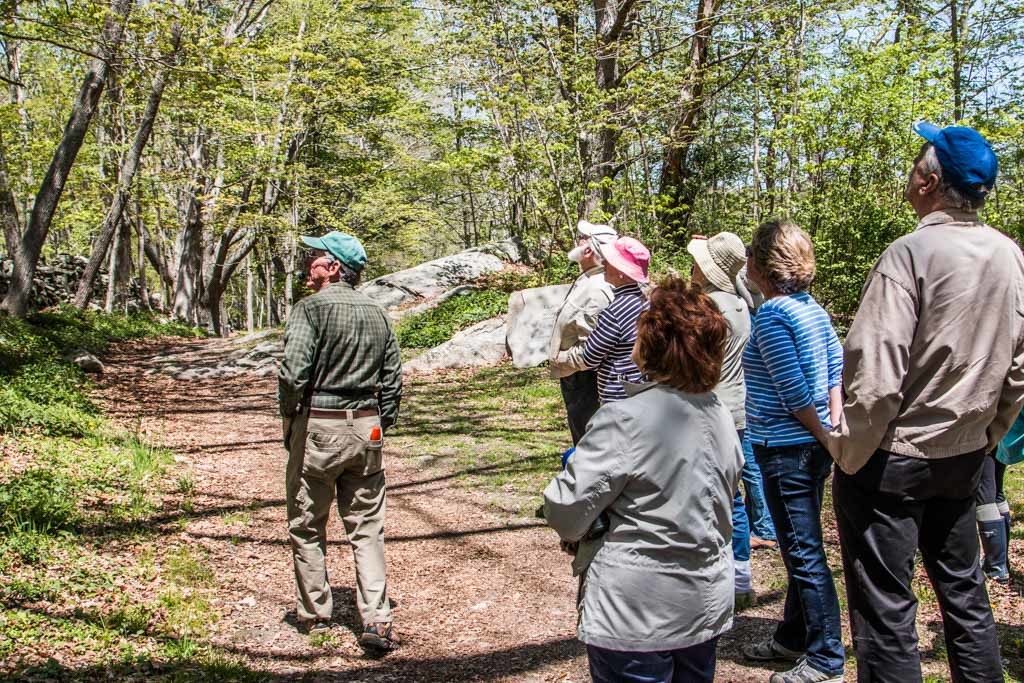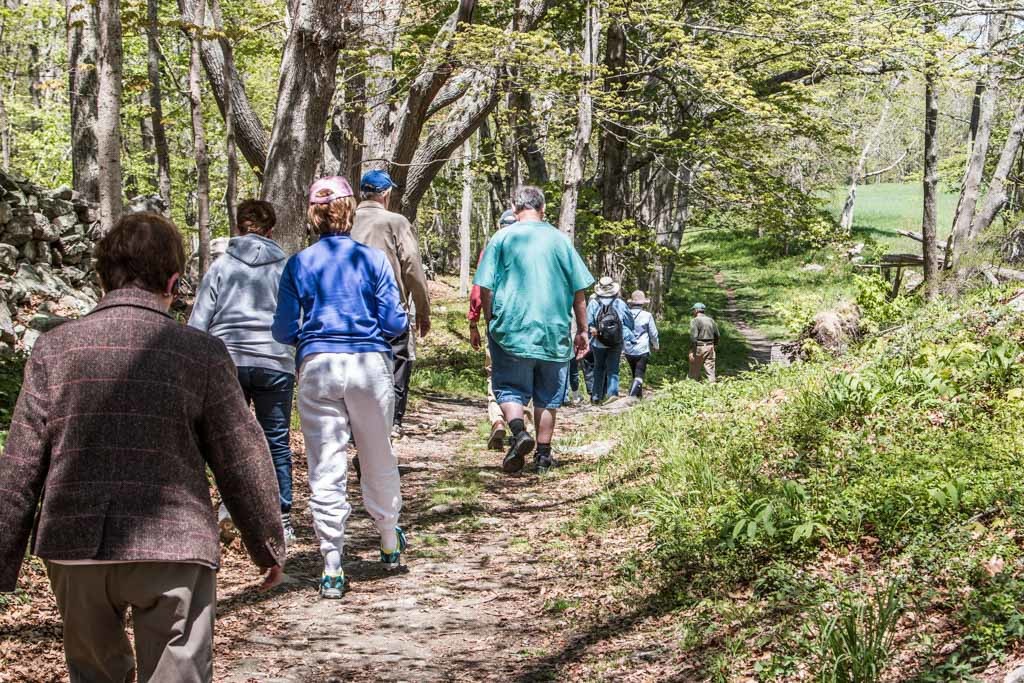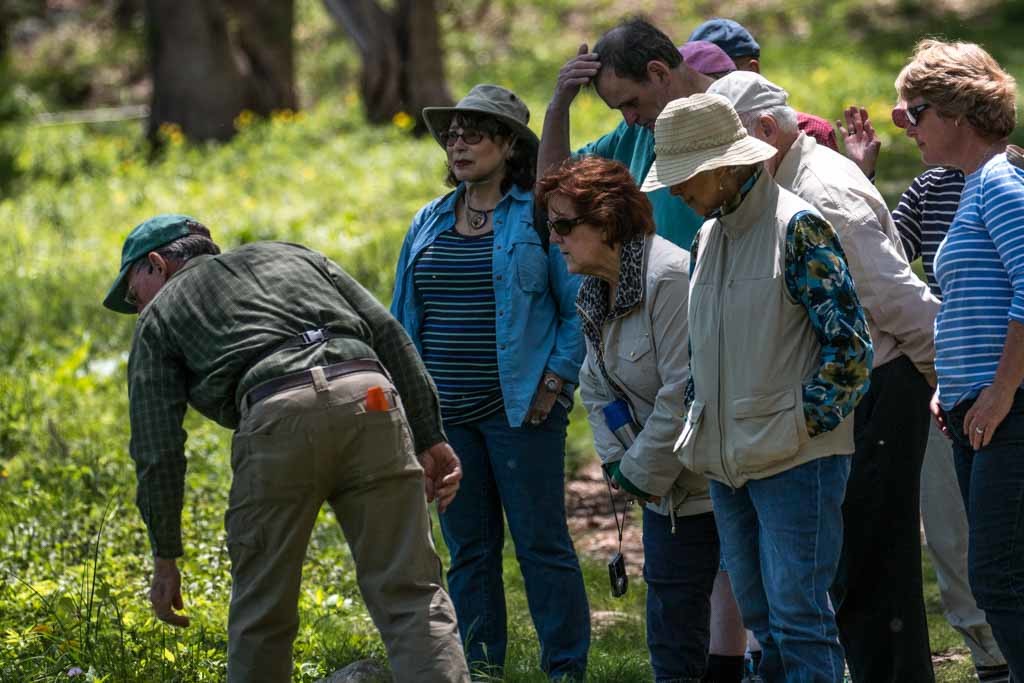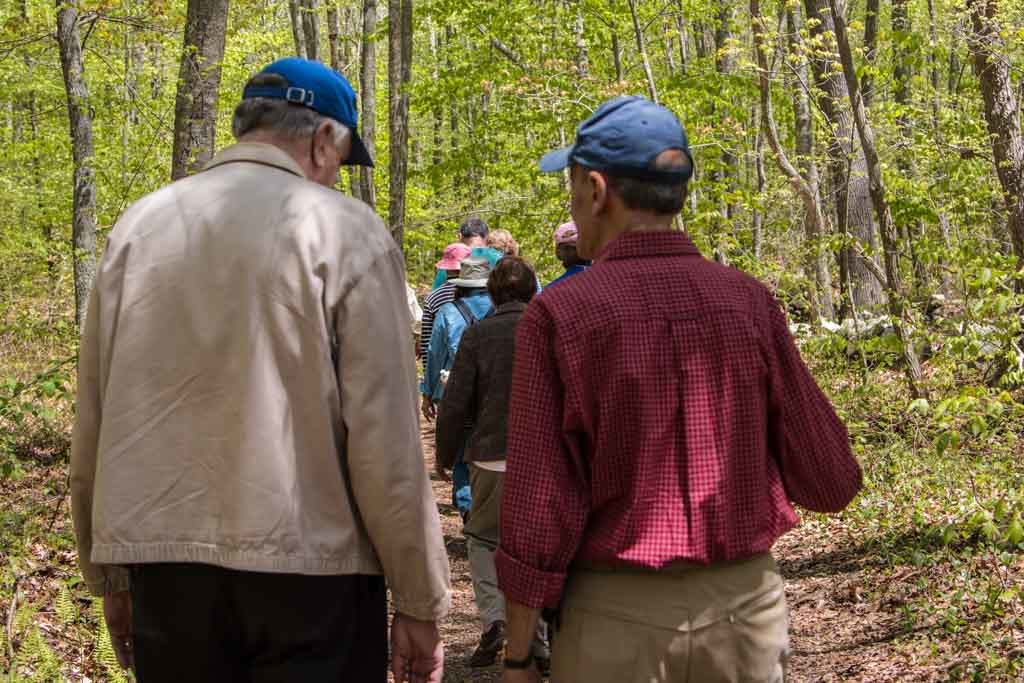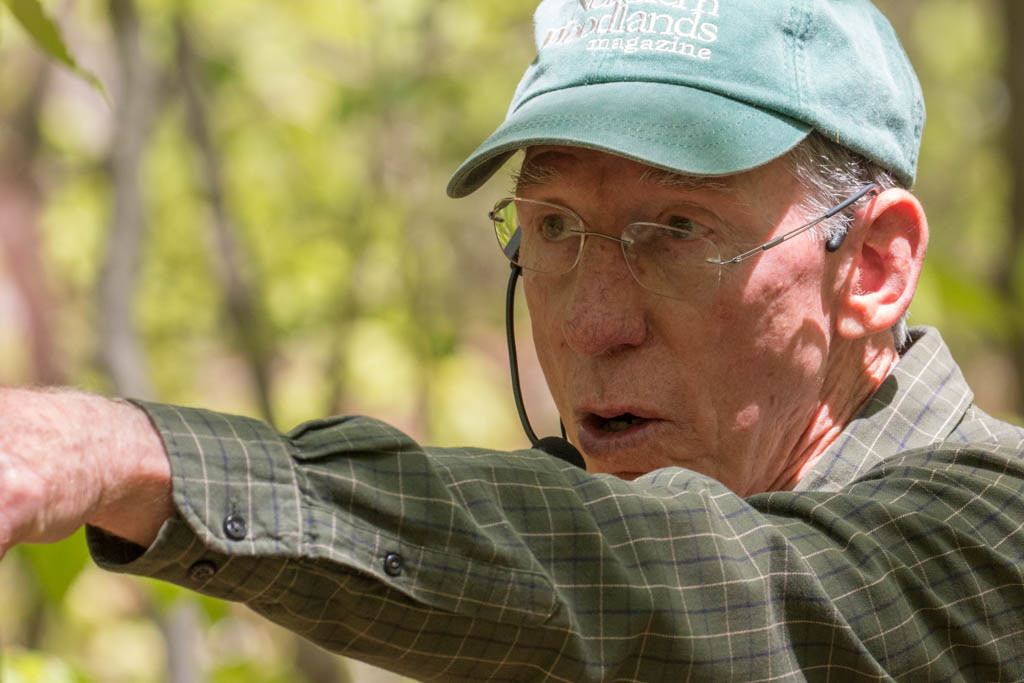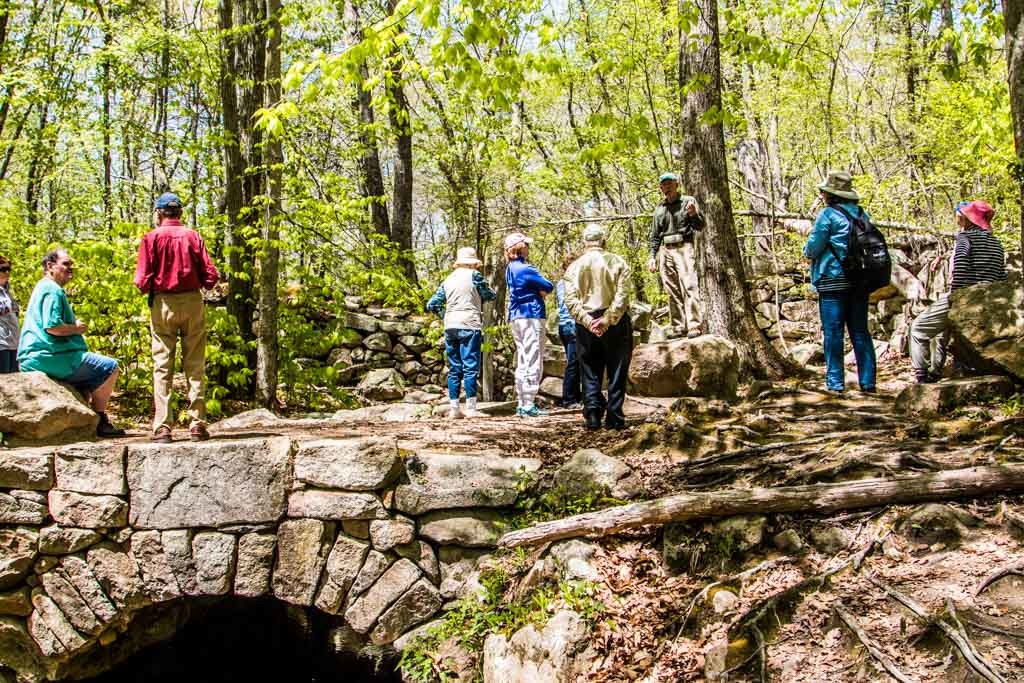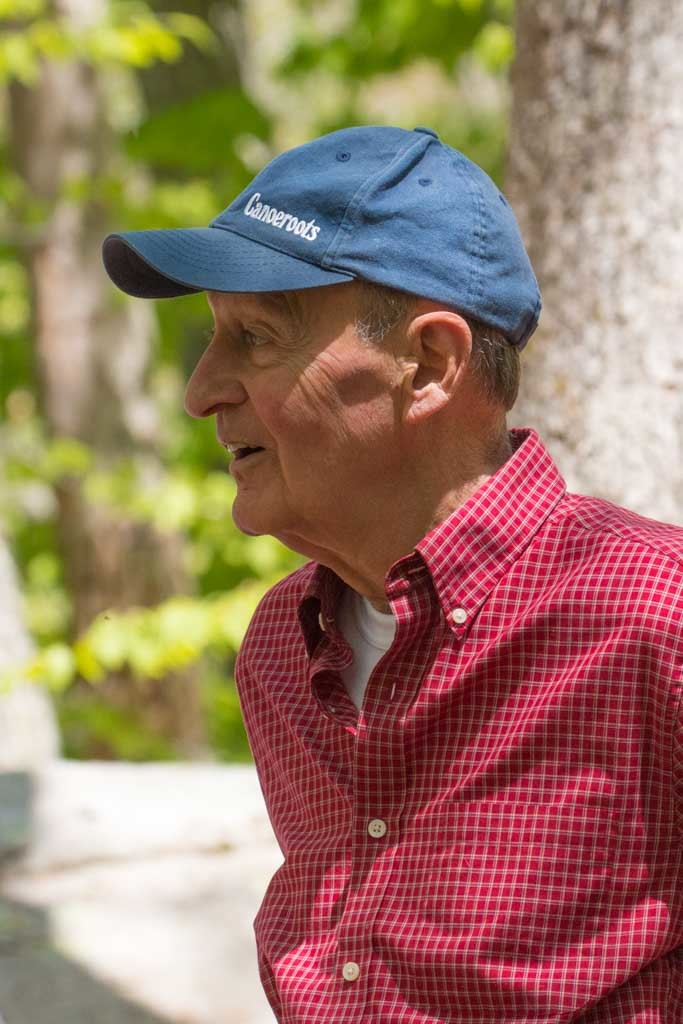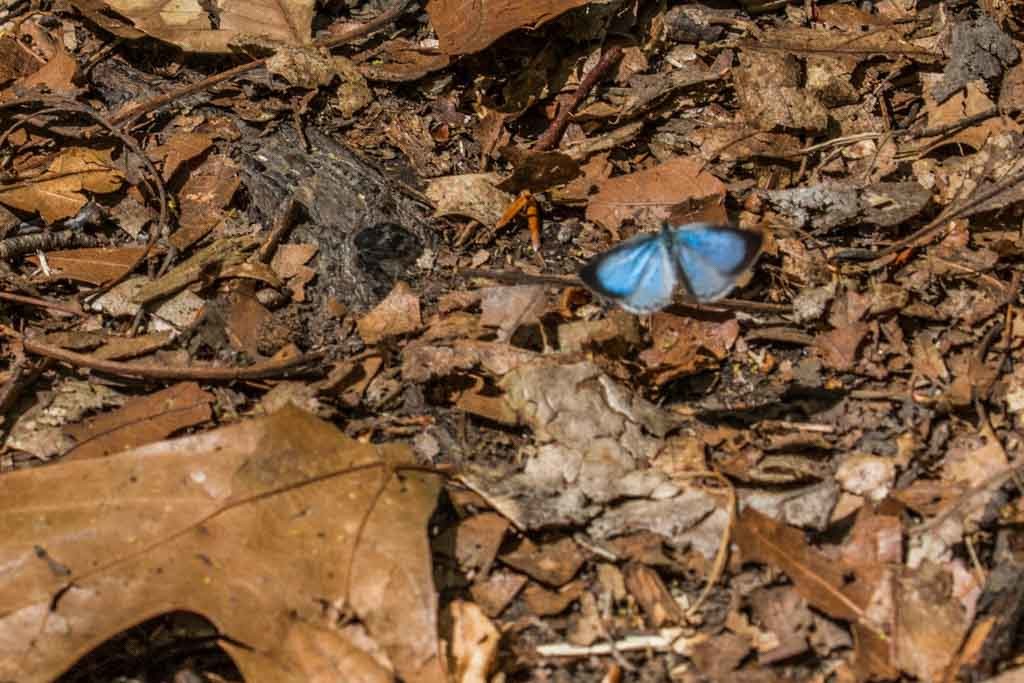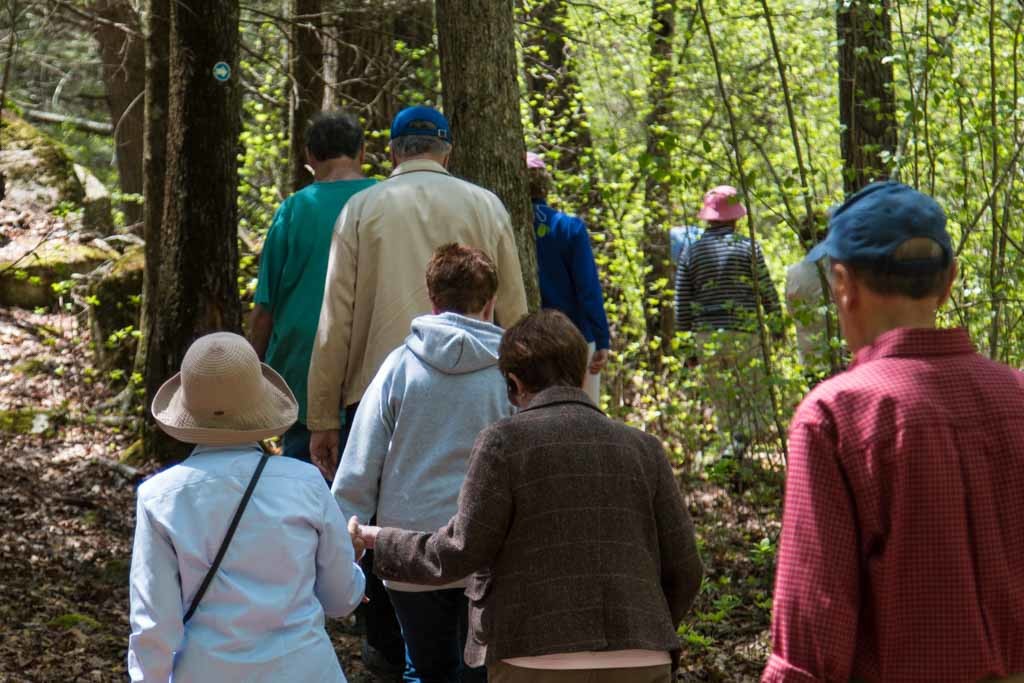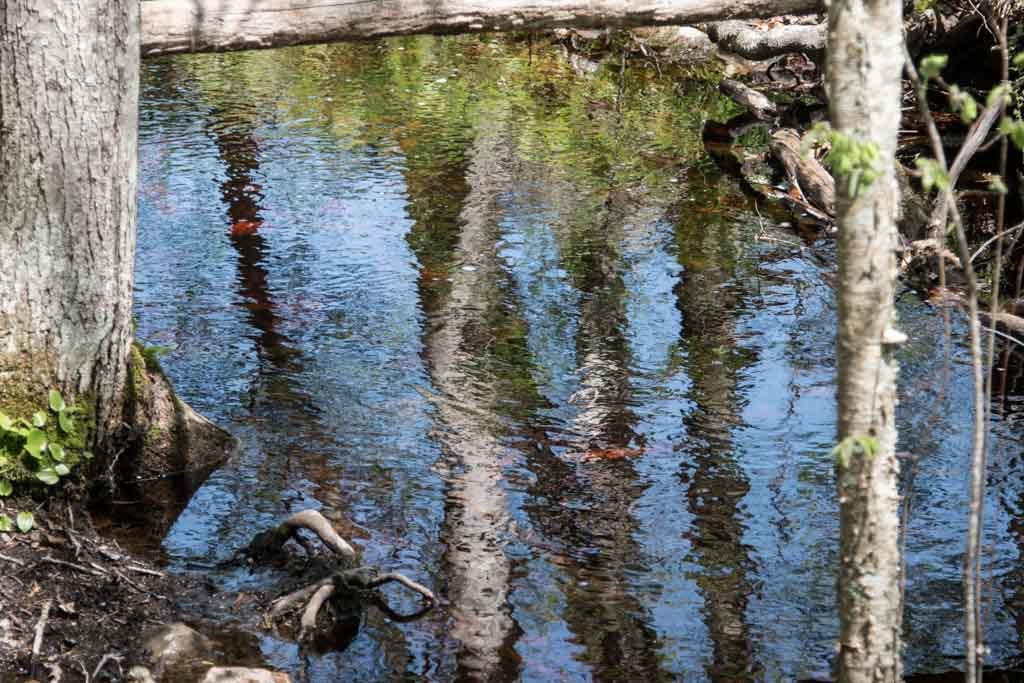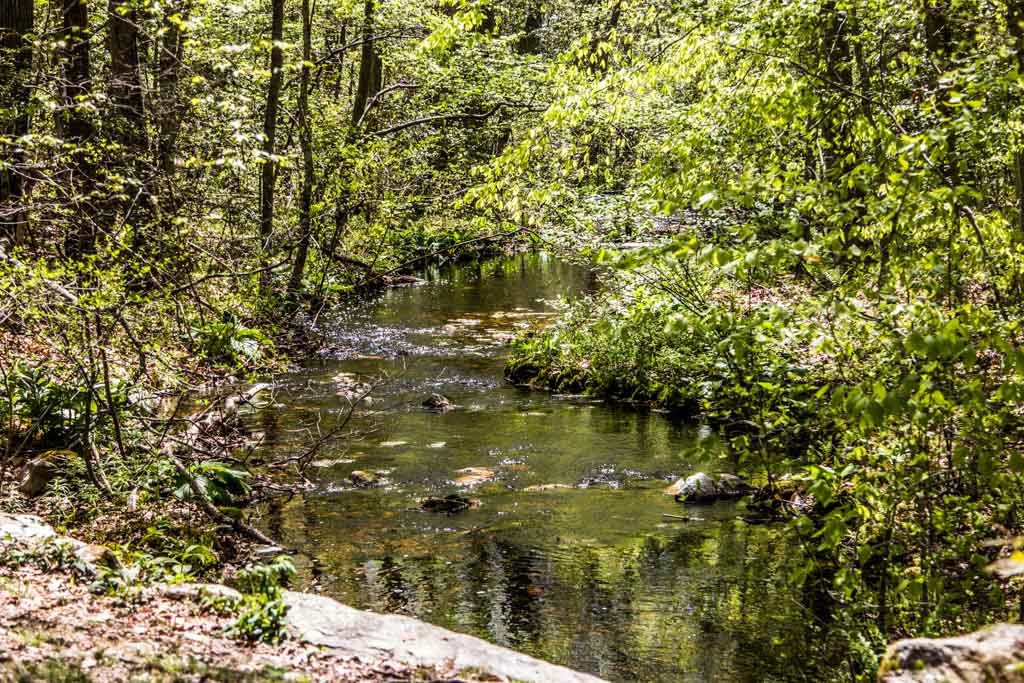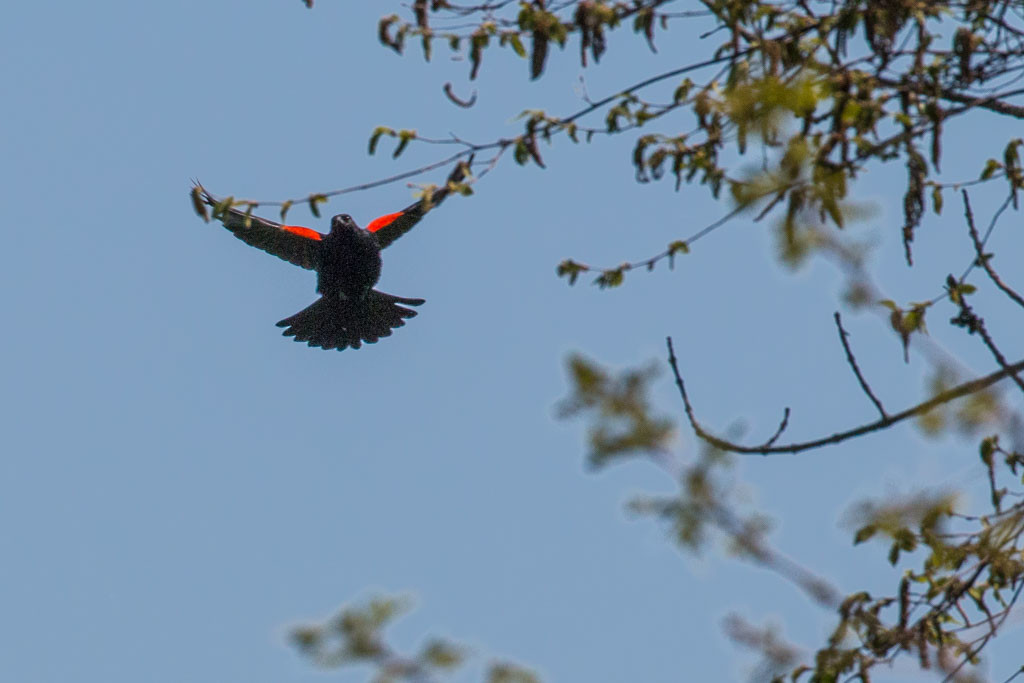 Many Second Halfers have experienced one of Garry Plunkett’s nature study groups which always include some guided walks in the wild. This was such a walk, taken last spring, where the study group was “Bringing Nature Home.” The walk was in Weetamoo Woods in Tiverton, RI and included nature and history – trees and the ruins of a sawmill. I sent Garry the photos and he supplied the captions to create a sort of virtual walk, so the voice you “hear” with each picture is Garry’s. Enjoy!
Many Second Halfers have experienced one of Garry Plunkett’s nature study groups which always include some guided walks in the wild. This was such a walk, taken last spring, where the study group was “Bringing Nature Home.” The walk was in Weetamoo Woods in Tiverton, RI and included nature and history – trees and the ruins of a sawmill. I sent Garry the photos and he supplied the captions to create a sort of virtual walk, so the voice you “hear” with each picture is Garry’s. Enjoy!
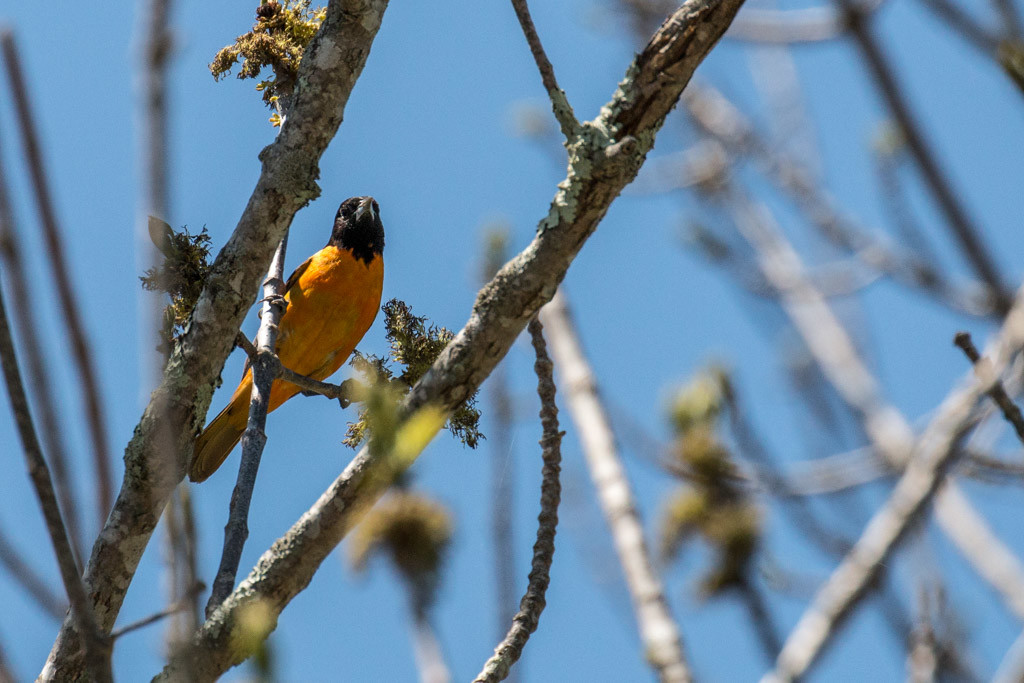
Nature joins the discussion in the parking lot, as this oriole listens in to my introduction about the history and habitat of Weetamoo Woods.
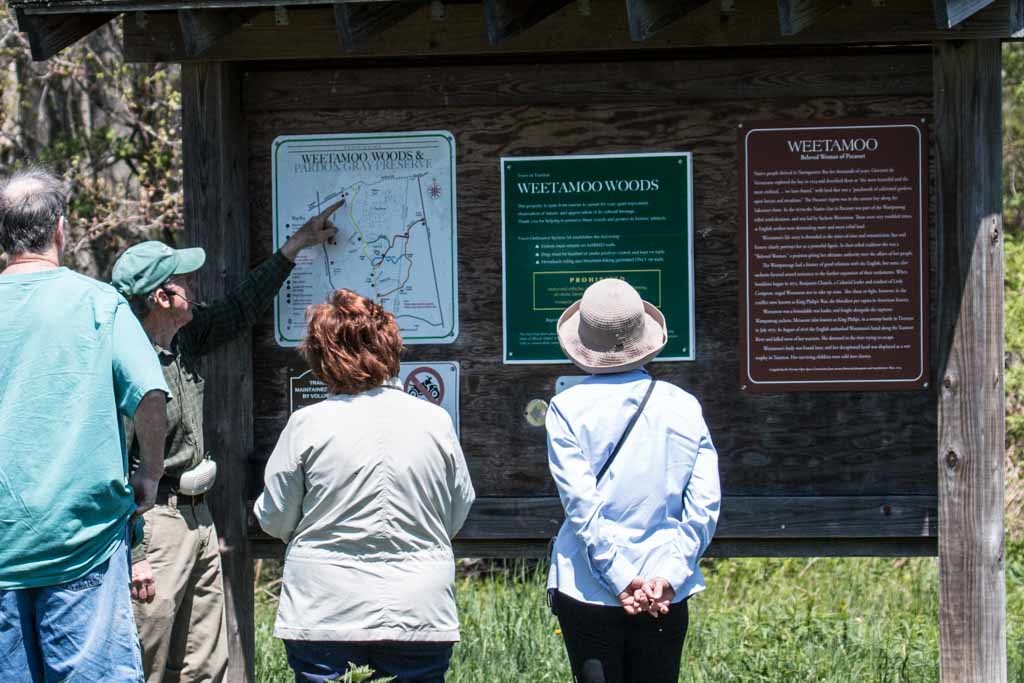
So, folks, there’s six miles of trails in Weetamoo Woods and we’ll be going up near the old sawmill.
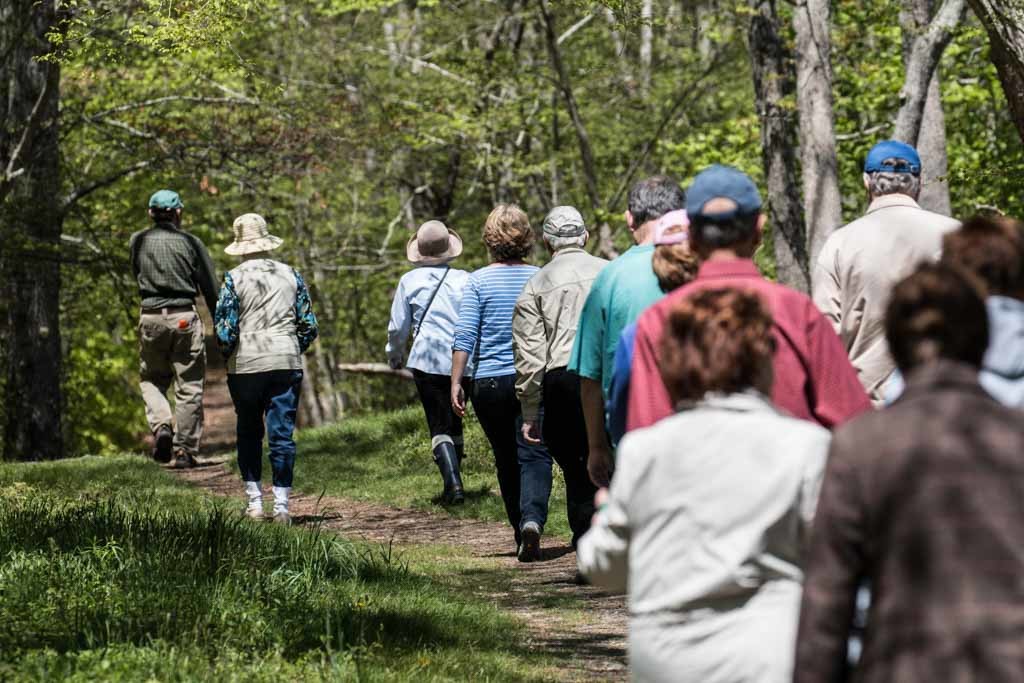
Just ahead is a slab bridge spanning Borden Brook that probably was built when the sawmill went in around 1830.
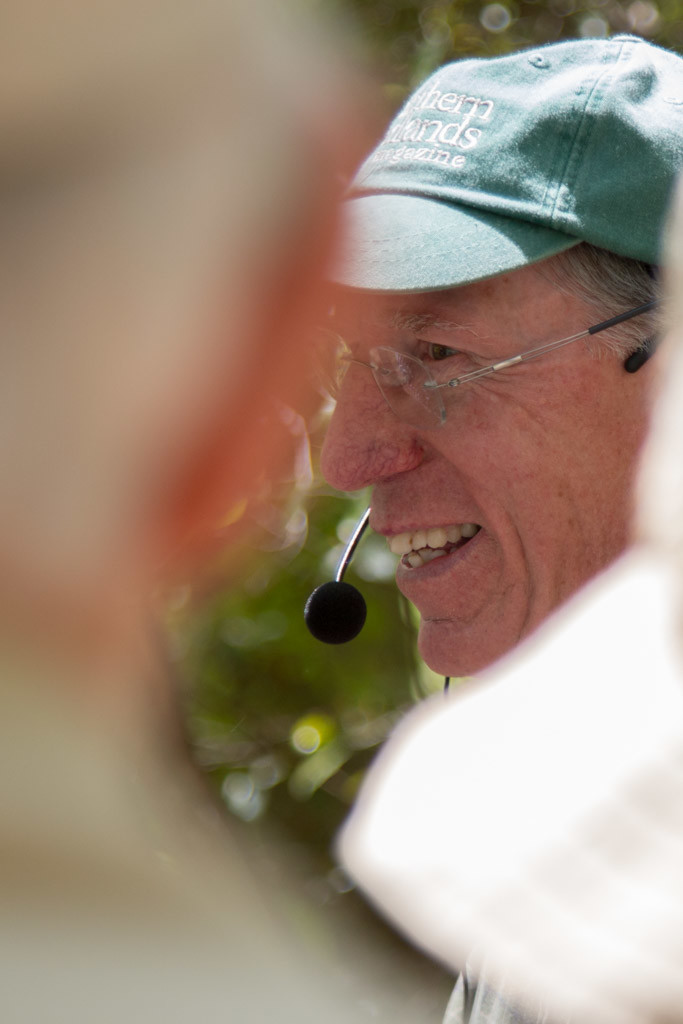
Exploring the cultural history – cellar holes, dug wells, and stone fences is important for understanding the natural history.
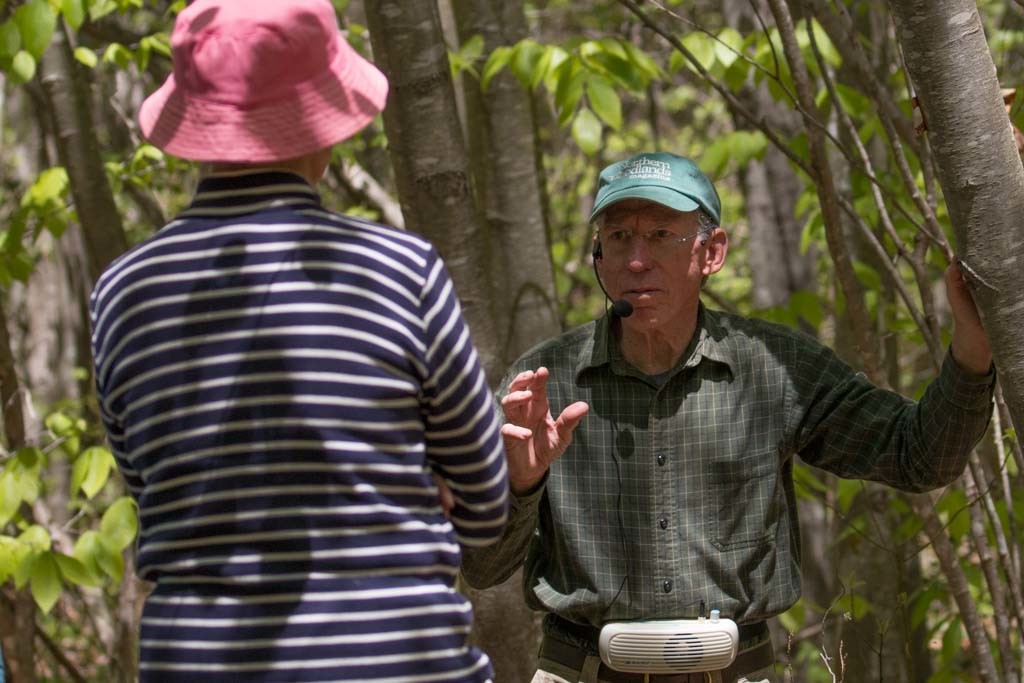
These black birches are also called “sweet” birches because of the pleasant wintergreen scent of the sap.
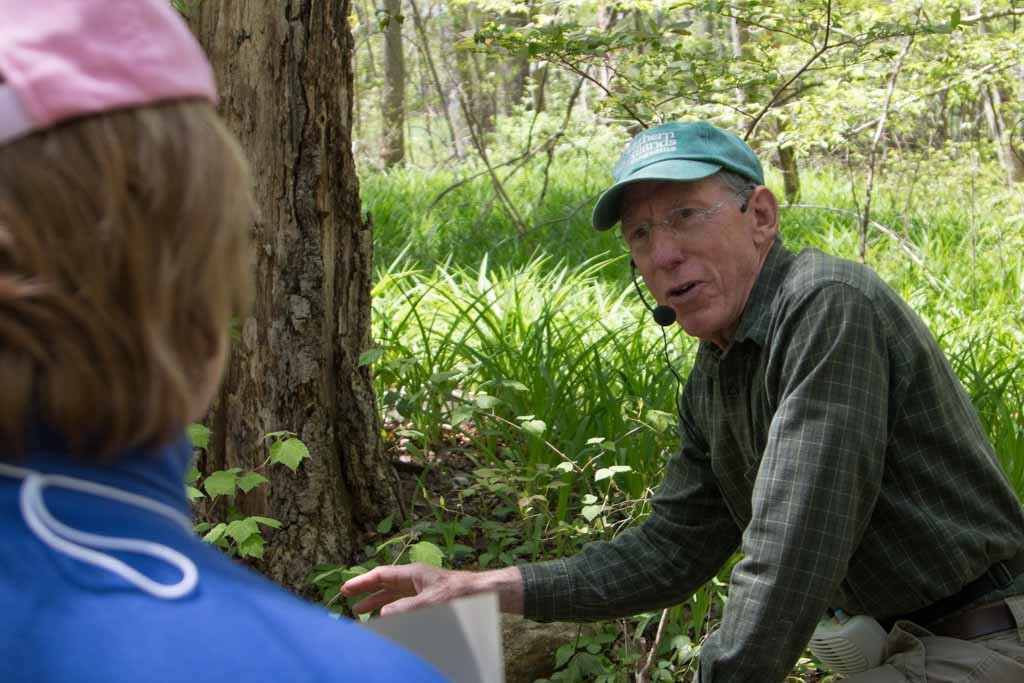
This common woodland shrub is maple leaved viburnum. Notice the soft texture and the leaves that resemble red maple.

This sweet cherry tree is often found around old cellar holes, as it was a European tree brought to America for food – much tastier much tastier than our bitter, black cherry fruit.
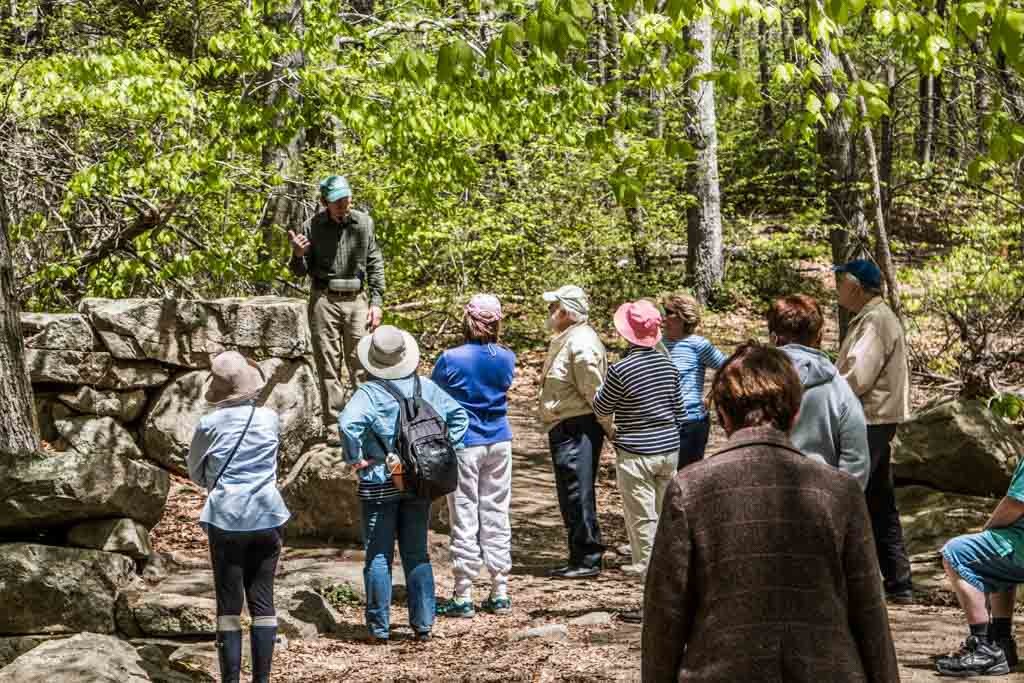
This sawmill was one of thousands of reciprocating mills built on New England streams in the early 1800s.
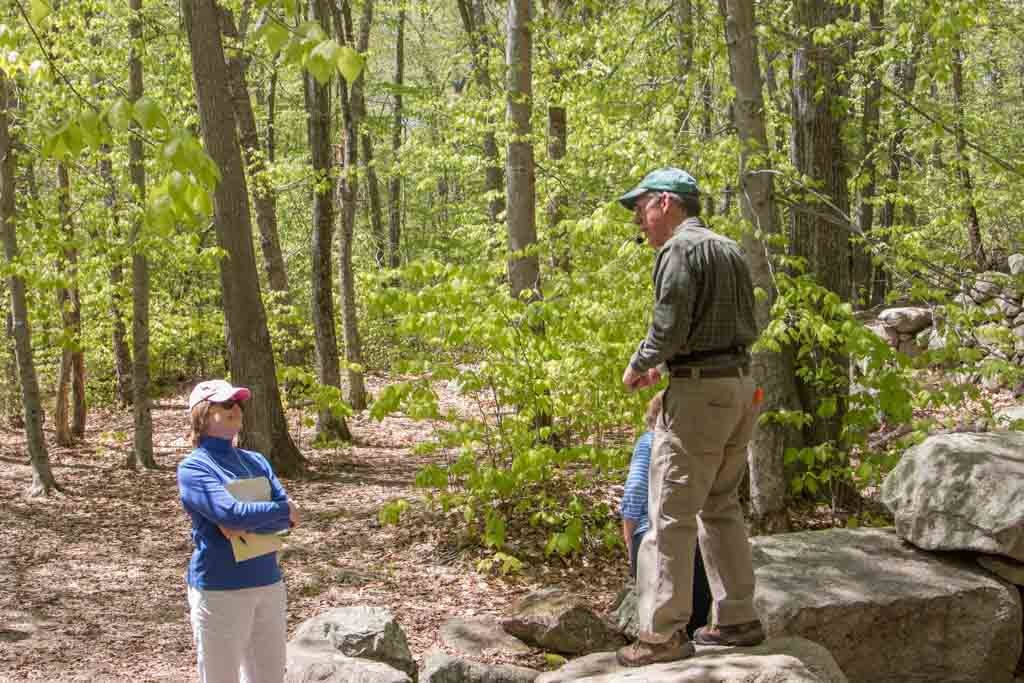
I’m thinking this mill originated to harvest second growth, and highly valuable Atlantic White Cedar because I’ve found a stone embankment that could serve as a “ramp” going directly into the cedar swamp nearby. It certainly would not have been a cart path for routine transportation.
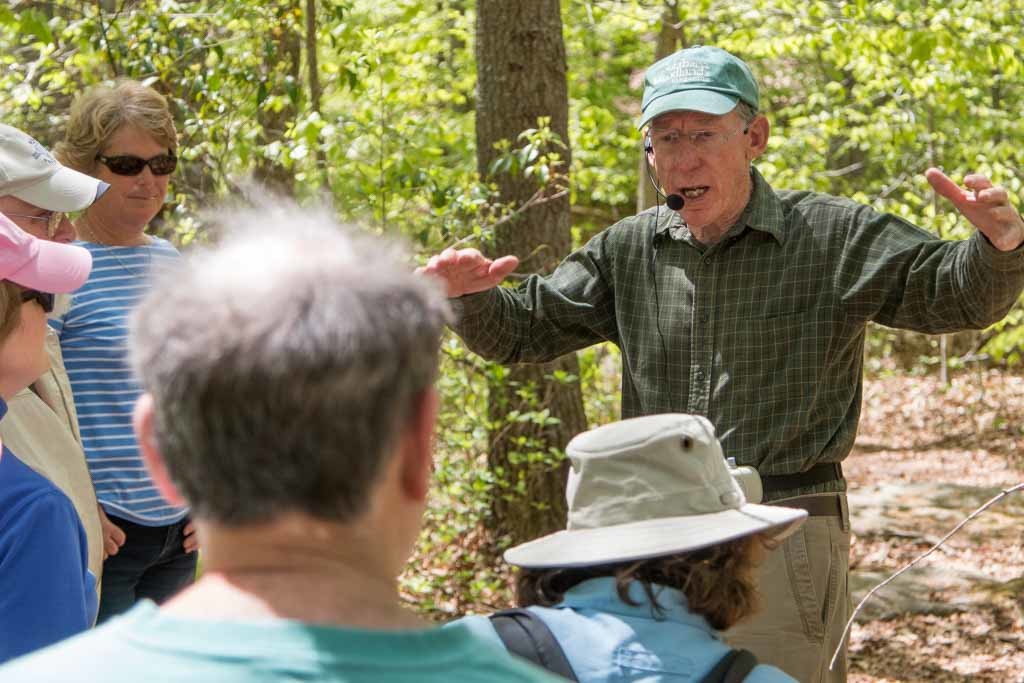
Can you imagine the noise and activity right here as logs were brought in milled, and carried away by oxcart in 1840?
